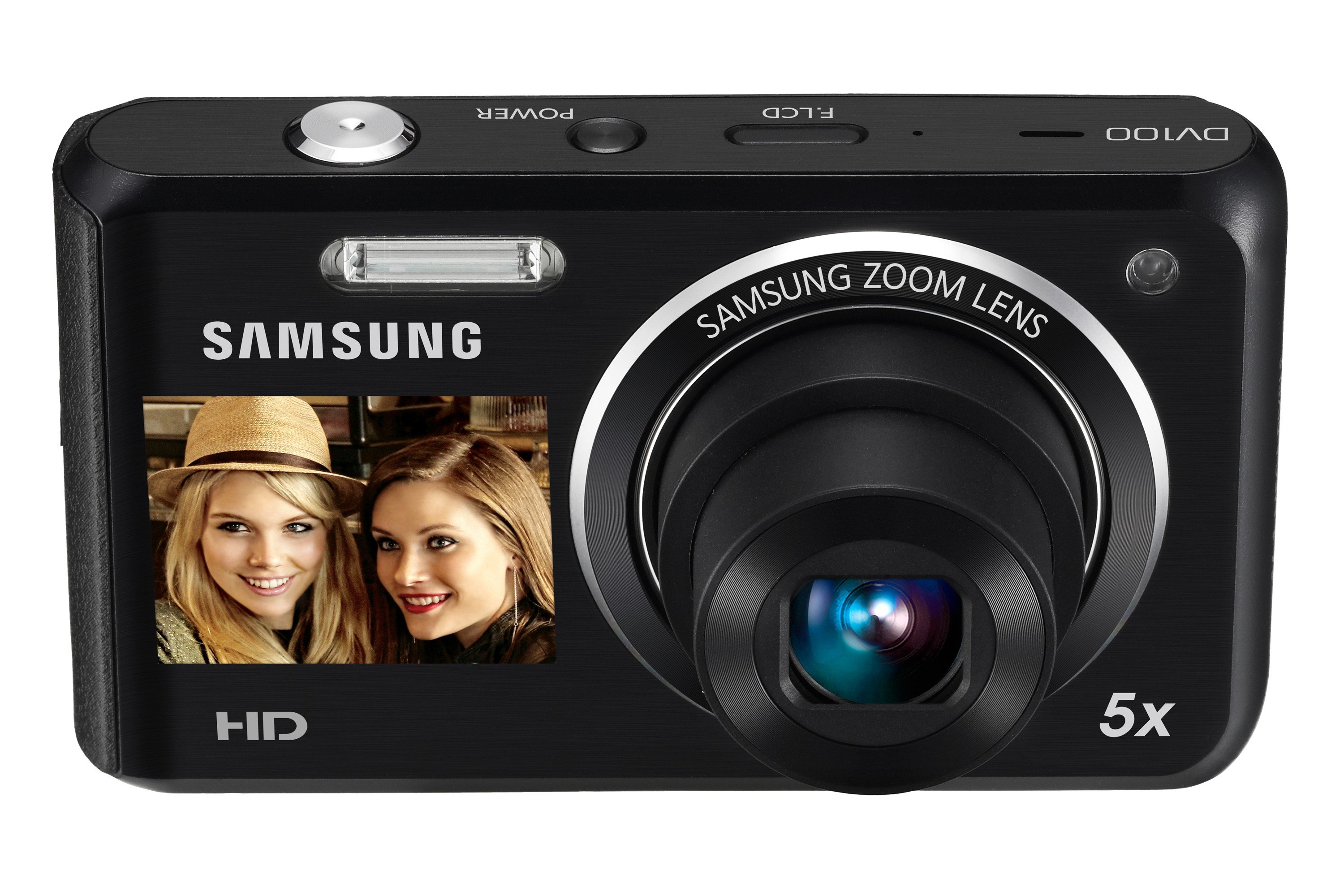
(If you can't hear the slate, go to the Audio pane of Clip Attributes and make sure your extra audio channels aren't muted.) Then repeat the earlier step of selecting the video and audio files, right-clicking and choosing Auto-sync Audio Based On Timecode again.


In the Timecode pane, enter the timecode from the video you noted down earlier. Then right-click the audio file in the Media Pool and select Clip Attributes. Then open up the audio file and stop it on the exact frame that you hear the clap of the slate (in a lot of cases this will be an obvious short spike in the waveform towards the beginning of the file). In the event that the audio is not synced correctly, open the video in the viewer, scrub to the exact frame that the slate hits on and write down the timecode for that frame. In theory this is all you should need to do to get perfect sync, but in practice timecode can drift or it may be set incorrectly (or not at all) in the camera or sound recorder.Īn additional reason for splitting things into bins is because if you are shooting time-of-day timecode, you may have multiple clips with the same timecode that could confuse Resolve and cause it to sync clips up to audio from a different scene. Select the video and audio files in your bin, right-click and choose Auto-sync Audio Based on Timecode.
#Sound reference dv100 movie#
On this particular movie no audio was shot in-camera so the only way to automatically sync audio and video is by timecode. I chose to create bins for each scene ( be careful what names you choose for the bins). Then bring the video and audio files into your Media Pool and organize them in whatever manner makes sense to you. In Resolve 12, create a new project, then go to File > Project Settings and switch off Use local version for new clips in timeline from the Color page. The media files were then backed up to LTO tape at the end of the day. I used our very own Auto Transfer tool to offload the memory cards to two hard drives at once with checksum authentication to ensure the copies were identical to the source files. DaVinci Resolve 12 proved useful because all of the prep work could be done in one application all at once, with the added bonus of being able to roundtrip again after picture lock. I've been working on a feature film shot on the ARRI Alexa and Alexa Mini and had to come up with a workflow for syncing and rendering out dailies. Premiere may reimport certain things like titles but your media files will not be duplicated.ĪRRI Alexa dailies workflow with DaVinci Resolve 12

#Sound reference dv100 pro#
Premiere Pro stores metadata that helps it determine which files exist in a project, however when roundtripping via XML through a non-Adobe app this metadata can get lost, resulting in Premiere duplicating all of the existing media in the project upon import.
#Sound reference dv100 how to#
How to import sequences into Premiere Pro from XML without duplicating media


 0 kommentar(er)
0 kommentar(er)
